

Richard Kirsch has dedicated his life to fighting for universal affordable healthcare. A senior fellow at the Roosevelt Institute and author of numerous studies on healthcare reform, Kirsch wrote New York’s Managed Care Consumer Bill of Rights. Perhaps most notable, however, is the role he played in transforming the recent political discourse with his revolutionary proposal: the public option.
In his new book, Fighting for Our Health: The Epic Battle to Make Health Care a Right in the United States, Kirsch describes the uphill struggle to bring health care to everyone. The book doubles as a memoir and ode to the power of progressive grassroots organizations. He chronicles the history of health care reform as well as his own experience designing and pushing forward the public option — a middle road between private insurance and single-payer coverage.
At a book party and fundraiser at the California Endowment,
» Read more about: The Man Behind America’s Health Care Reform »
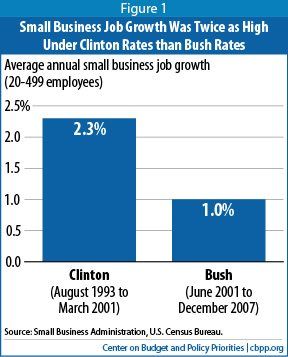
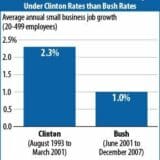
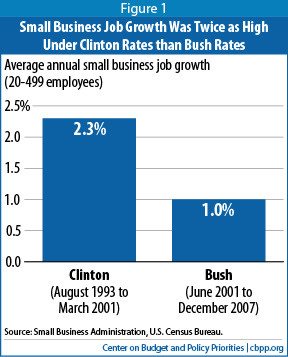 Republicans pride themselves of being the champions of small business owners. But it’s helpful to clarify what actually is their definition of a small business.
Republicans pride themselves of being the champions of small business owners. But it’s helpful to clarify what actually is their definition of a small business.
The Center on Budget and Policy Priorities (CBPP) released a report that shows only 2.5 percent of small business owners would be affected by allowing the Bush tax cuts to expire on the wealthiest taxpayers (top two marginal tax rates).
CBPP writes:
“The claims that allowing the Bush tax cuts for high-income people to expire would seriously harm small businesses rest on an exceedingly broad, and misleading, definition of ‘small business.’ The definition is so broad, in fact, that under it, both President Obama and Governor Romney would count as small business owners—as would 237 of the nation’s 400 wealthiest people.”
Did you catch that? The definition is so broad 237 of the nation’s 400 wealthiest people are considered small business owners.
» Read more about: Ending Bush Tax Cuts Would Affect Few Small Businesses »
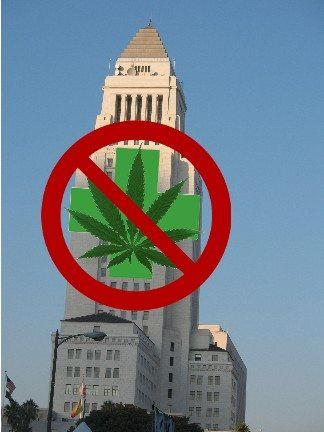
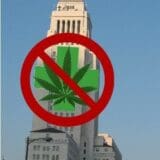
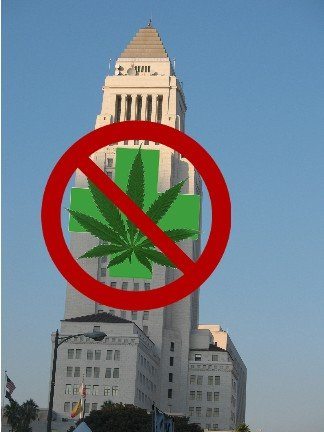 On Tuesday, July 24, the L.A. City Council voted unanimously to ban all medical marijuana dispensaries within the city. As the Los Angeles Times explains, this is the “latest attempt to regulate what many say is an out-of-control proliferation” of the pot shops.
On Tuesday, July 24, the L.A. City Council voted unanimously to ban all medical marijuana dispensaries within the city. As the Los Angeles Times explains, this is the “latest attempt to regulate what many say is an out-of-control proliferation” of the pot shops.
I am one of those who say that. Dispensaries are out of control. I am also one of those who think that the council got today’s vote totally wrong.
When the city set up its initial, partial regulatory system years ago, many dispensaries followed the city’s and the state’s rules about when and where they could operate. They worked with doctors and fully vetted their patients. They lab-tested their medicine. They submitted taxes to the city. They took over vacant storefronts. They became good employers and good neighbors.
Other dispensaries, however, skirted the rules. These dispensaries opened in a mad dash.


Just mentioning the Citizens United case is enough to boil some folks’ blood. Citizens United v. Federal Election Commission, No. 08-205 (U.S. Jan. 21, 2010) to use its full name, was the 5-4 U.S. Supreme Court decision that held that corporations and unions have the same political speech rights as individuals under the First Amendment.
The decision, equating campaign money with speech, opened the floodgates for, as some have put it, turning elections into auctions.
But, although a lot of us know something about the decision, mostly focused on its consequences, not enough of us know enough about the case itself—and some of the truly devious people behind it—and we should know.
But before we can begin connecting the dots, we need to identify the dots.
First Dot: Citizens United
The group is a conservative lobbying and propaganda shop located in Washington,
» Read more about: Proposition 32 Group Was Behind Citizens United »


 (The following post is an abbreviated version of a longer feature that appears behind a subscription wall on The Nation‘s site. The full post can be read here with the author’s permission.)
(The following post is an abbreviated version of a longer feature that appears behind a subscription wall on The Nation‘s site. The full post can be read here with the author’s permission.)
There’s nothing all that remarkable about Rustin High School in West Chester, Pennsylvania—except that it is named for a gay black man who was a pacifist and a socialist. Even more amazing is that it was a Republican-dominated school board, in a conservative district that’s 89 percent white, that voted in 2002 to name the new school after Bayard Rustin, who grew up in West Chester.
Rustin helped catalyze the civil rights movement with courageous acts of resistance. In 1947 he led the first Freedom Rides and wound up serving 30 days on a chain gang, one of many times he was arrested for civil disobedience. He was the chief behind-the-scenes organizer of the 1963 March on Washington.
» Read more about: Today's Leaders of Change Are Tomorrow's Heroes »
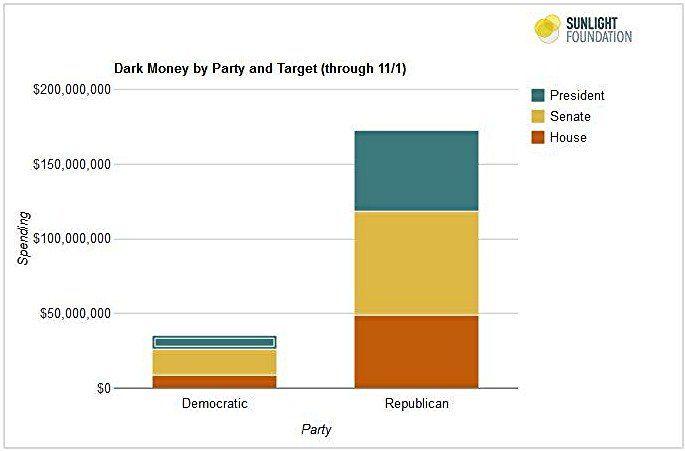
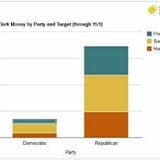
My wife and I saw the new Batman film this weekend. We’re not blockbuster fans but occasionally enjoy a bit of escapism. An escape from reality, of course, is what the moviegoers in Aurora, Colorado were looking forward to last Friday midnight before a gunman suddenly began firing into the audience. The reported initial reaction of some of the filmgoers was chillingly revealing – they thought the shots were part of the show. That hope immediately vanished, but it served as a mad metaphor for a society that increasingly has trouble distinguishing where fantasy ends and real life begins. For people in Aurora last week, escapism meant fleeing a movie, not attending one.
America, shocked as it was by the carnage, didn’t seem particularly enthusiastic to search for causes or lessons, let alone metaphors. So the ensuing discussions, in the mainstream media, at least, were mild compared to those that followed disasters from Hurricane Katrina onward.
» Read more about: The Aurora Shooting: Life Imitates Death »


You need a new pair of jeans. You’re standing in front of two stores, both offering excellent quality jeans. One store offers them for $35; these jeans are made offshore somewhere, and the retailer is based in a distant state. The other store offers a virtually identical pair for $38; these jeans are made right here in L.A., and the retailer is also based in L.A. What do you do?
Trick question — it doesn’t matter. You’re an individual consumer, overwhelmingly concerned with your own pocketbook.
But what if you’re the government, and you’re concerned not only with getting the best price, but also with trying to create jobs and generate more money for the local economy? Then it gets a bit trickier. Which is to say, we’re going to have to do some math here, folks: Just how much is that extra $3 getting us?
» Read more about: Government Procurement: Pennywise, Pound Foolish »
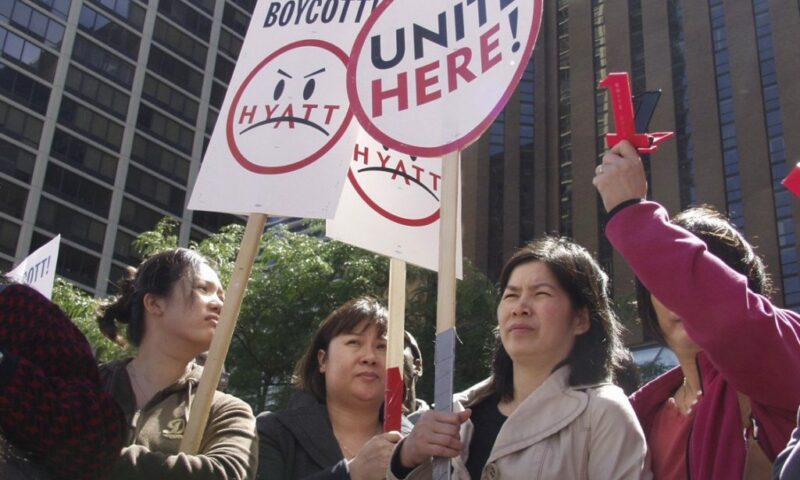
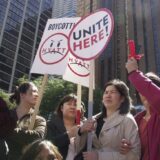
Today a global boycott of Hyatt Hotels was declared. As a server at the Hyatt Andaz in West Hollywood, not only do I personally condone it, but I also urge all my friends, family and online contacts to join me in voting Hyatt the worst hotel employer in America.
This is the first time in history that there has ever been a global boycott of a hotel chain, and I believe it is well deserved.
My personal journey to this decision started last September during our seven-day strike in front of the Andaz on Sunset Boulevard, where my coworkers and I were in a battle for decent wages and a fair tipping policy. A lot of us frankly were tired of working three or four different jobs while only getting paid for one.
I hadn’t yet heard of some of the stories from different Hyatt hotels across the country – like the one about Hyatt firing its entire housekeeping staff in Boston and replacing them with minimum-wage temp workers.
» Read more about: Hyatt Worker: Why I Support the Global Hyatt Boycott »


The voices of doom and decline say that high-speed rail cannot be built in California. They’ve tried to stop the forces of progress by calling high-speed rail “a boondoggle” and “a waste.” This is not a new phenomenon. Enemies of progress said the same thing about the Golden Gate Bridge, built in the middle of the Great Depression. They screamed “boondoggle” at every major public works project in the 20th century while California was constructing a world-class infrastructure of freeways, dams, bridges and aqueducts that fostered a golden age of middle-class growth.
The labor movement rejects the voices of doom, because we have a vision for California. We know it’s time to invest in California’s future, starting with construction of high-speed rail.
Wednesday, the voices of progress and investment won a significant victory — Governor Brown signed SB 1029 to fund construction of a high-speed rail system.
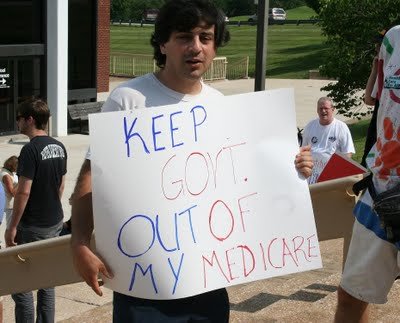
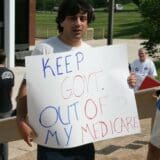
Within the padded walls of the House of Representatives, few agenda items consume more time than figuring out how to overturn President Obama’s health care reform law – and, looking down the road a little, how to scuttle Medicare as we know it. These two causes, along with countering the daily menace of Sharia law at the county courthouse, are what make certain conservatives get up early in the morning. Yet now a Commonwealth Fund survey shows that when it comes to Medicare, at least, most senior citizens are quite happy with the government-provided service they receive.
According to the survey, “Only eight percent of Medicare beneficiaries age 65 or older rated their insurance as fair or poor, compared with 20 percent of adults with employer-sponsored insurance and 33 percent of adults purchasing coverage in the individual market.”
Who would want to fix something so obviously not broken?
» Read more about: WebHot: Seniors Don't Agree With Right's Medicare Vision »